Search Images
Browse Content (p. 1189)
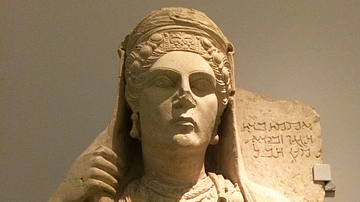
Image
Funerary Bust of a Palmyrene Lady
This funerary bust of a Palmyrene lady dates from c. 175-200 CE and is made of limestone. It is originally from Palmyra, Syria. (Inscribed in Aramaic: ‘Aqmat, daughter of Hagagu, descendant of Zebida, descendant of Ma'an. Alas!") The inhabitants...

Image
Coin of Basil II
A gold coin of Basil II, emperor of the Byzantine empire (r. 976-1025 CE). Showing Basil and his brother and successor Emperor Constantine VIII. (Musee Saint-Denis, Paris)
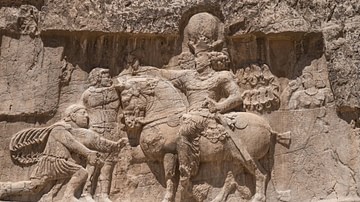
Image
Valerian Defeated by Shapur I
Relief at Naqsh-e Rostam, Iran, depicting Emperor Valerian's capture by Shapur I in 260 CE.

Image
Byzantine Empire, 1025 CE
A map of the Byzantine empire in 1025 CE at the death of Basil II (r. 976-1025 CE).

Image
Emperor Gallienus
Portrait bust of Emperor Gallienus, 3rd century CE, Romisch-Germanisches Museum, Cologne
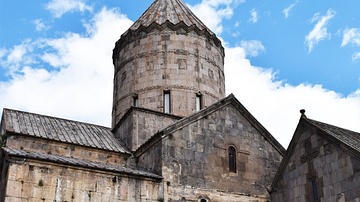
Image
Tatev Monastery
This medieval monastery, which is accessible by the world's longest non-stop double-track cable car and is located in Armenia’s southeastern province of Syunik Province, was the locus of Armenian culture from the 13th-15th centuries CE. Once...

Image
Khor Virap Monastery
Khor Virap Monastery is located on the Ararat plain in what's present-day Armenia, and it is situated very close to the Armenian-Turkish border. Constructed from the 5th-17th century CE, Khor Virap is celebrated in Armenia as the site where...

Image
Amberd Fortress, Armenia
Armenian flag at the medieval Amberd Fortress, Armenia. Dating from the 7th century CE, Amberd is an Armenia fortress complex located on the slopes of Mt. Aragats in the province of Aragatsotn. "Amberd" translates from Armenian as "fortress...
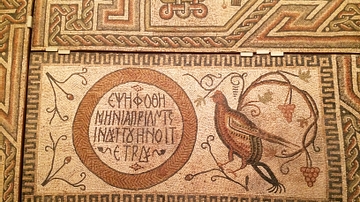
Image
Byzantine Floor Mosaic from Eastern Mediterranean
This exceptional mosaic likely comes from the floor of a house or public building. It reflects the Late Romand and Early Byzantine taste for intricate and colorful designs. It dates from c. 325-350 CE and is made of limestone tesserae. The...
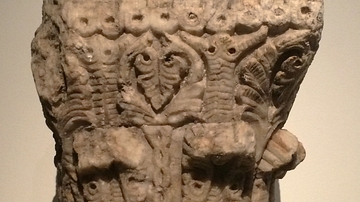
Image
Syrian Column Capital
The half-palmettes on this column capital made from marble are ultimately derived from ancient Assyrian models. Stylization transforms its more recent Hellenistic predecessors. This specimen dates from the late 7th-early 8th century CE. (Aga...